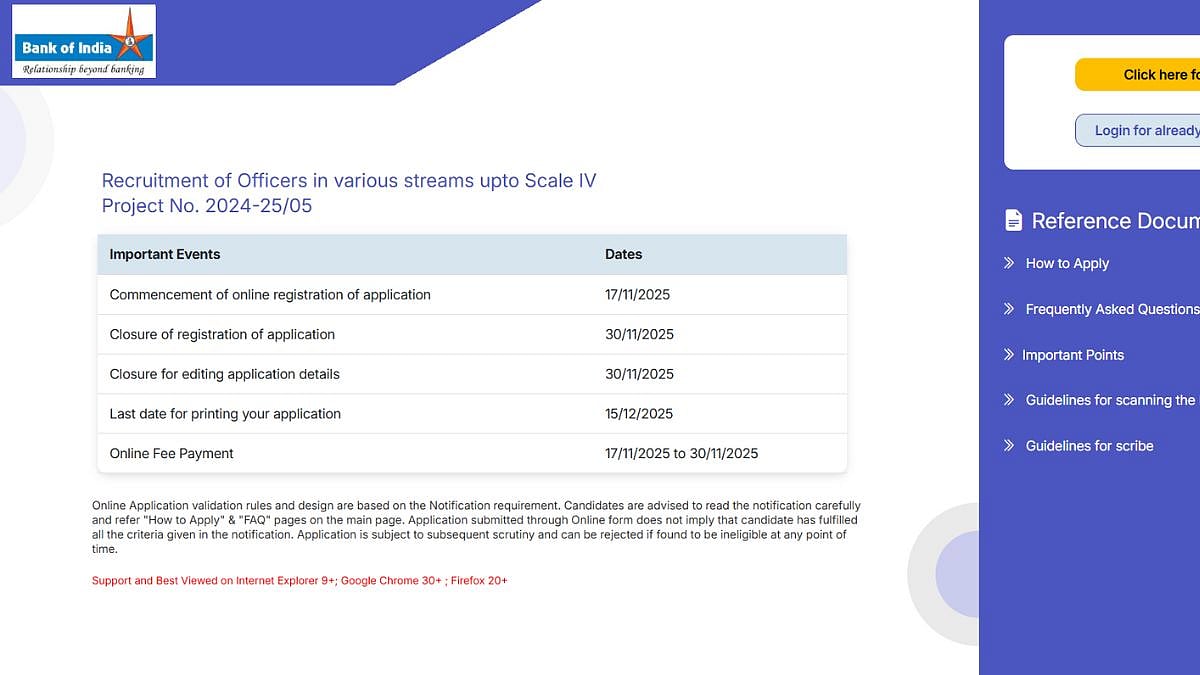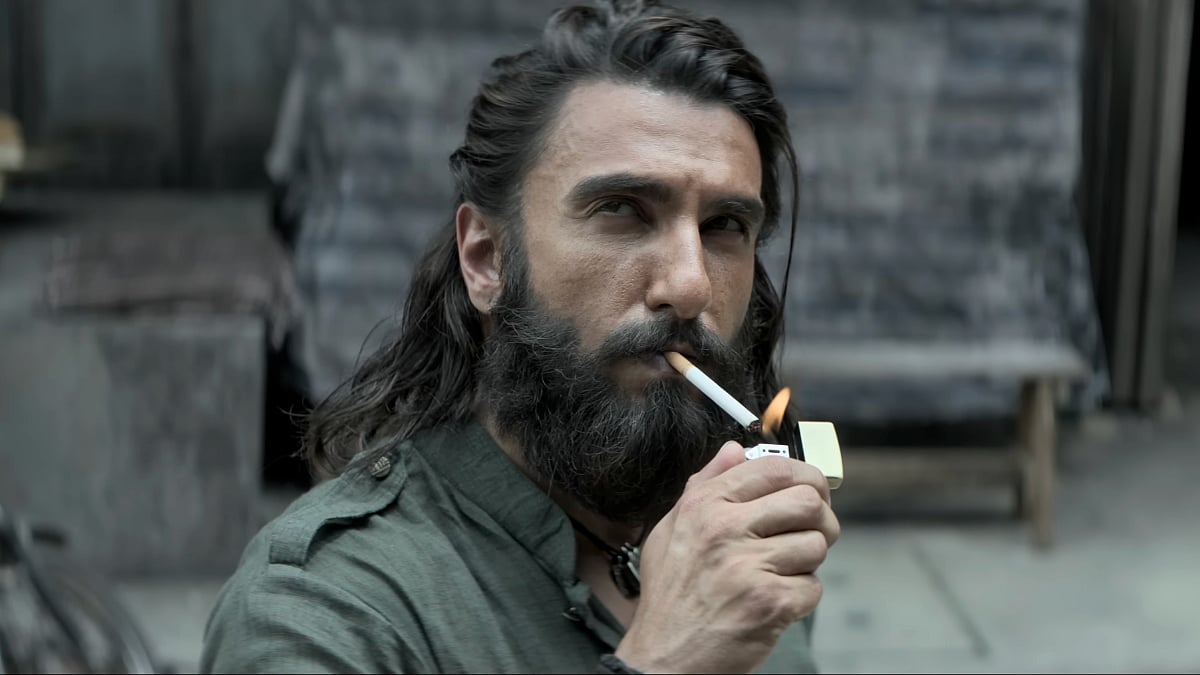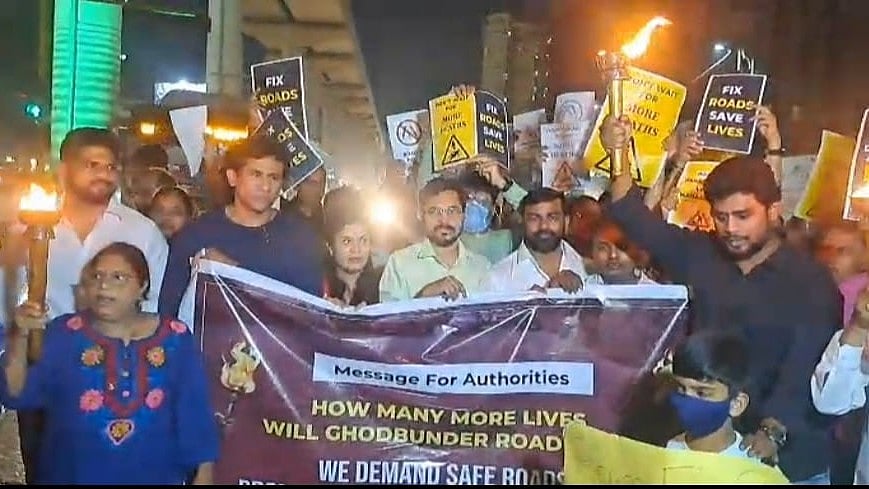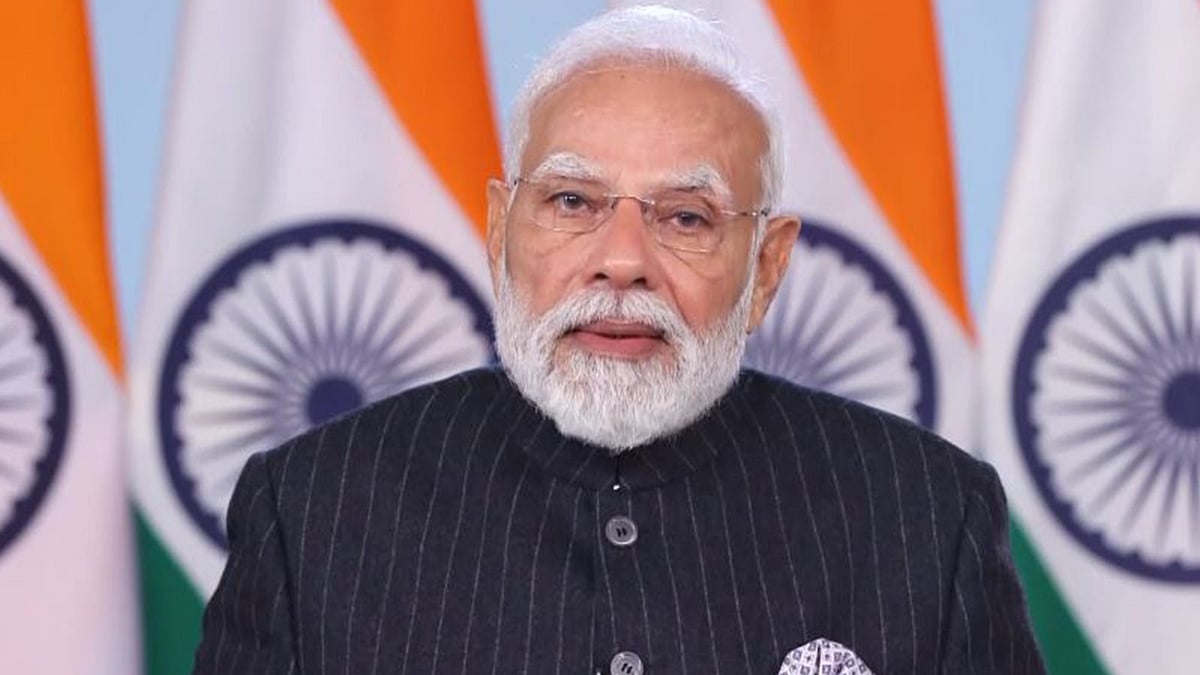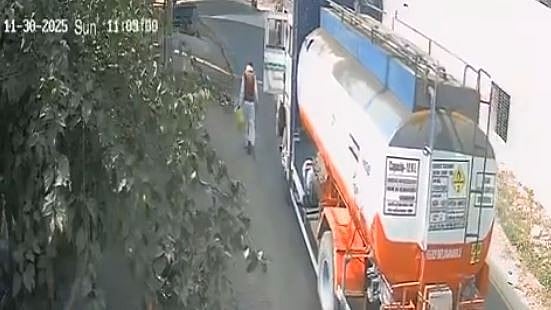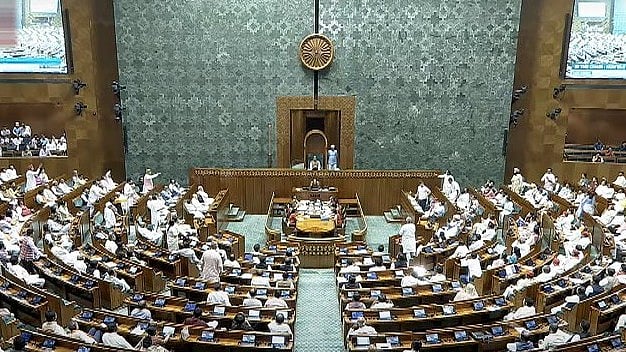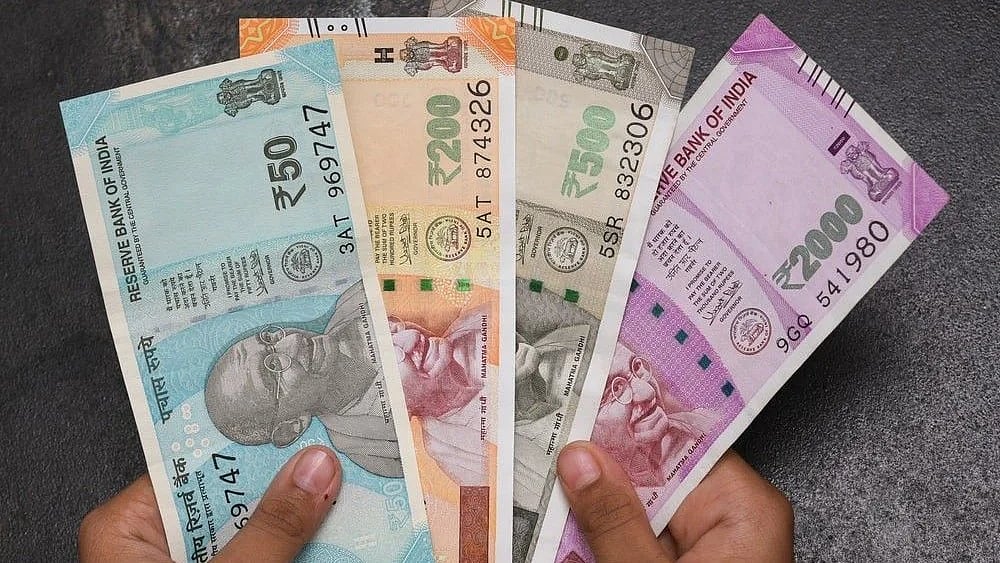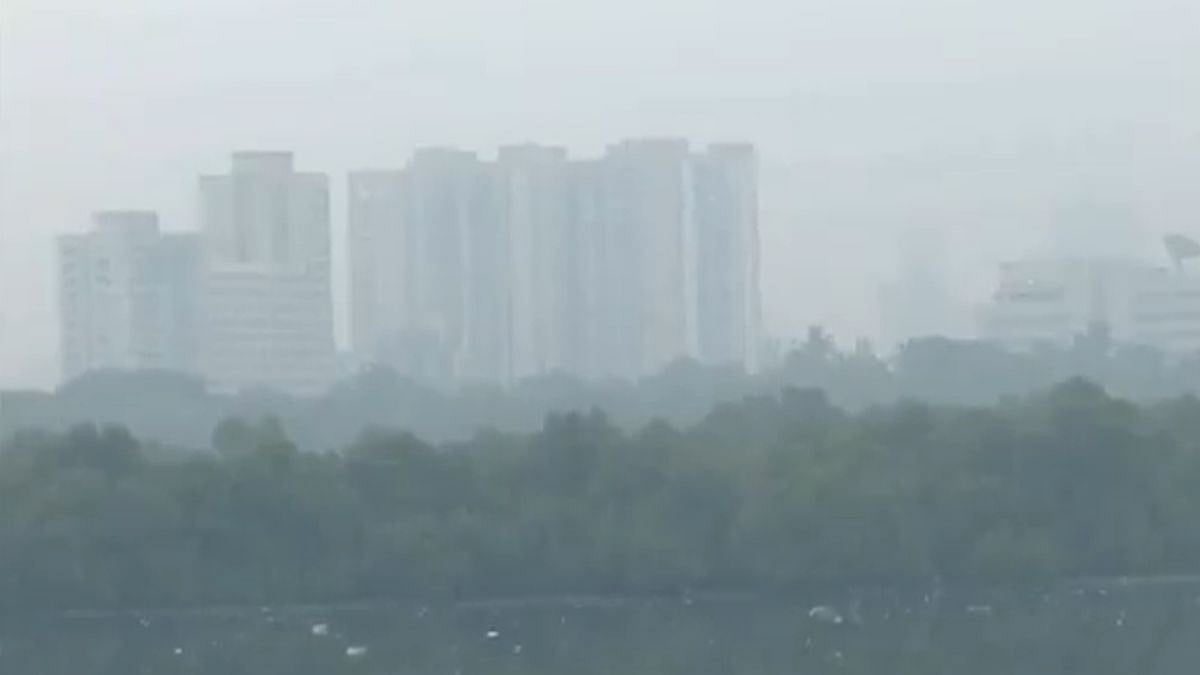It was because of Rajiv Gandhi that the Babri Masjid-Ram Janmabhoomi controversy became huge.
Nah, it was immediately after independence when an idol of Ram Lalla was surreptitiously placed inside the mosque.
No dude, the idol descended from the sky and miraculously appeared on that winter night.
Then what about LK Advani and his rath yatra? Do you think the demolition was correct?
These and many more assertions and questions used to run amok when we discussed the Ram Mandir issue in the journalism class.
Obviously, many of us were not even born when the kar sevaks took upon themselves to bring down the structure. Also, the long-awaited Supreme Court judgement was yet to come.
My peers, most of whom were yet to cast their first vote, believed that the Mandir wasn’t an immediate concern and more emphasis should be given towards unemployment, agrarian distress, education and the health sector. However, I do remember moderators rolling their eyes as if they’ve heard this argument time and again.
I also remember asking, “Why are there no Ram temples in Pune?” The teacher then pointed out my naivety and asked my friend to take me on a ride to these temples in the city. Well, I have never visited one till today. Nevertheless, I took it upon myself to read more about the controversy, watch a few documentaries and listen to all the arguments without partisanship.
So, to the many millennials who are ignorant about the Babri Masjid-Ram Janmabhoomi controversy, here is a concise account from 1528 to 2020.
Mir Baqi, Babur and the British:
Mir Baqi, Mughal emperor Babur’s commander, destroyed the pre-existing Ram Mandir in 1528 and built the Babri Masjid on the very site. Archaeological evidence and historical texts exist to prove that a standing temple was destroyed and its material was reused to build a mosque.
However, it was in 1853 that the first incident of violence between Hindus and Muslims over the site was recorded. During the reign of Nawab Wajid Ali Shah of Awadh, the Nirmohis - a Hindu sect - claimed that a temple had been destroyed during Babur's times and a mosque was built in its place. Later, in 1859, the British - who were then ruling the sub-continent - erected a fence. They allowed Muslims to pray in the inner court while the Hindus were given the outer court.
The 'miracle' and 'atheist' Jawaharlal Nehru's reaction:
In 1885, Mahant Raghubir Das filed a plea in Faizabad district court seeking permission to build a canopy outside the mosque. The plea was rejected. Notwithstanding the tensions, Hindus and Muslims lived amicably in Ayodhya. Anand Patwardhan’s 1991 documentary ‘Ram ke Naam’ bears testimony to the fact that it was after the idol 'miraculously appeared’ on the intervening night of December 22-23, 1949, which flared-up the controversy.
The then Prime Minister Jawaharlal Nehru - a self-confessed atheist - was disturbed by the developments. “Dangerous example being set there which will have bad consequences," he said in a telegram to Govind Ballabh Pant. In another letter, he blamed District Magistrate KK Nayar for not taking steps to prevent this from happening.
Rajiv Gandhi's blunder, Advani's rath yatra:
The court cases for seeking possession of the site continued. But it was in 1986 that Rajiv Gandhi - the grandson of Nehru - opened the pandora's box. Gandhi, who was caught in a quandary after giving in to the Muslim zealots in the Shah Bano case, ordered to remove the locks on the then contested site. Meanwhile, the Vishwa Hindu Parishad (VHP) had launched the Ram temple movement around the time. It was also in 1986 when a local court ordered the government to open the site for Hindu worshippers. However, the Allahabad HC ordered maintenance of status quo in 1989.
There is no hiding from the fact that the Bharatiya Janata Party (BJP) encashed the issue. The saffron party with 2 MPs in 1984 was taking gigantic strides in the Indian political landscape, thanks to their committed resolve for the issues they believed in and which mattered to their core Hindu voters. The then party president LK Advani launched a rath yatra from Somnath to Ayodhya and galvanised even the fence-sitters. It is also believed that Ramanand Sagar’s ‘Ramayan’ on Doordarshan back then had an impact on the country's consciousness.
The fateful day:
December 6, 1992, the fateful day arrived. The VHP had already announced to perform kar seva next to the Babri Masjid. The situation was tense. People from all over the country were gathering in Ayodhya. Reportedly, the then PM P.V. Narasimha Rao had asked his home secretary Madhav Godbole to come up with a contingency plan. Several meetings between different players were also held. He also had the option to impose central rule in Uttar Pradesh. But eventually, he did nothing. The mosque was overrun and brought down. Advani, Murli Manohar Joshi, Uma Bharati, Sadhvi Ritambhara, Ashok Singhal, Giriraj Kishore and Vinay Katiyar were barely 100 metres away from the site when Vijayaraje Scindia gave the clarion call.
The demolition of the mosque resulted in one of the most deadliest riots across the country which led to more than 2,000 deaths. An inquiry committee was formed, BJP leaders were named as the accused in the demolition case - which continues till today.
The 2010 High Court judgement:
The land dispute continued to be heard in the court. An important decision came on October 24, 1994, when the apex court in the Ismail Faruqui case said that a mosque was not integral to Islam.
After the turn of the century, the High Court began hearing the case and ordered the Archaeological Survey of India (ASI) to excavate the site and to determine if it was earlier a temple. On Sep 30, 2010, the High Court in a 2:1 majority, ruled that the disputed land, spanning 2.77 acres, be divided into three parts between Sunni Waqf Board, the Nirmohi Akhara and Ram Lalla. The then PM Manmohan Singh issued an appeal to "all sections of the people to maintain peace and tranquillity” after the controversial decision was passed. He added the "orders delivered by the three Honourable Judges need to be examined carefully." The judgment was stayed by the top court in 2011.
Narendra Modi’s humongous victory in 2014:
BJP bulldozed the Congress-led UPA and stormed to power in 2014 on the back of Narendra Modi’s humongous victory. Of course, Ram Mandir was their poll promise. It has to be noted that the party that gave the slogan ‘Mandir wahin banayenge', had the construction of the temple in their manifesto since 1996. Interestingly, it was the only consistent promise made by the saffron party to its voters.
In 2017, SC constituted a three-judge bench to hear pleas challenging the 1994 verdict of the Allahabad HC. In March 2018, the top court appointed a mediation panel for an out-of-court settlement. However, they failed to reach an amicable settlement SC began hearing the case on August 6, 2019.
The historic verdict:
The historic verdict came on November 9, 2019. Unanimously, the five-judge SC bench comprising of the then CJI Ranjan Gogoi, Justices SA Bobde, DY Chandrachud, Ashok Bhushan and S Abdul Nazeer, said the entire 2.77-acre land to be to given to Ram Janmabhoomi Nyas for construction of a temple. SC also directed the Centre and UP govt to allot 5-acre land to the Muslims at a prominent place for building a mosque.
The judgement met with contradictory views with many claiming that it reeks of majoritarianism and is camouflaged with lofty pronouncements of constitutional maxims about secularism, primacy of the rule of law, and all forms of belief, worship and prayer being equal. Retired SC Judge AK Ganguly expressed his discontent and said that the minorities have been "wronged". AIMIM chief Asaduddin Owaisi recently said that Babri Masjid will always remain a mosque. “As far as Muslims and people who believe in justice are concerned, we will keep telling the new generation that our masjid was demolished. It doesn’t matter if our voices are suppressed. We will tell it in our own way,” he said.
With Prime Minister Narendra Modi all set to lay the foundation stone of the proposed grand Ram Mandir in Ayodhya today (August 5), the nearly 500-year controversy will finally reach its climax. The COVID-19 pandemic has surely been a bummer as the ceremony won’t be a spectacle, but the devotees of Lord Ram and the political and religious outfits who fought tooth and nail will consider it a stylish finish. There will always be a few critics, after all, India is a democracy.

